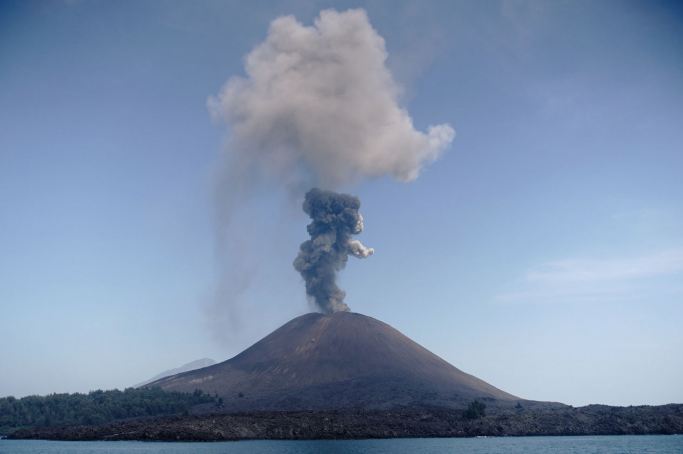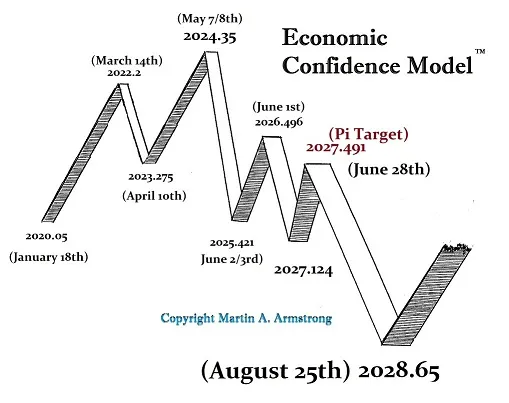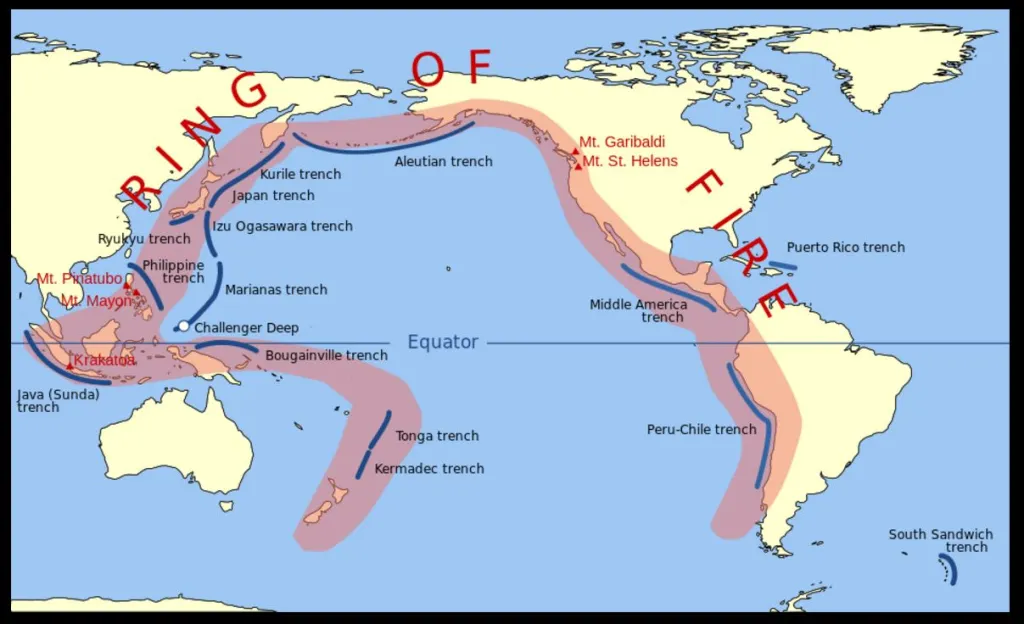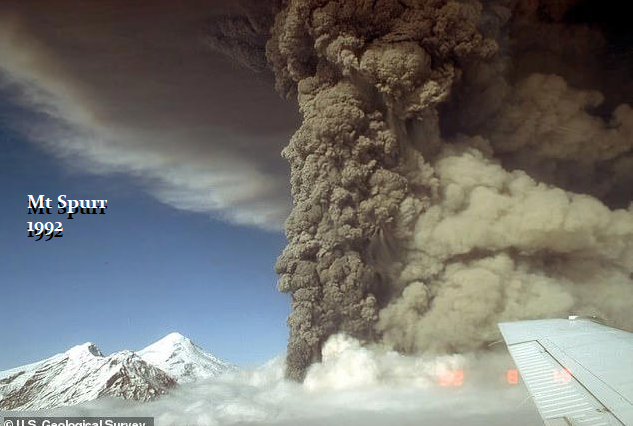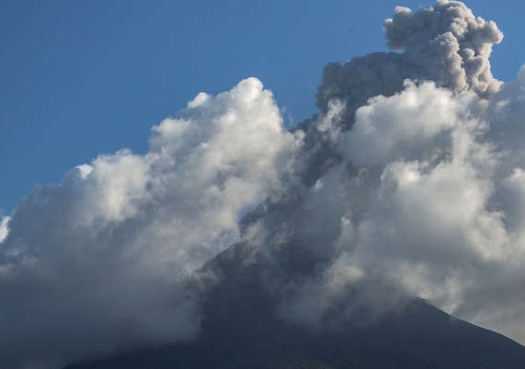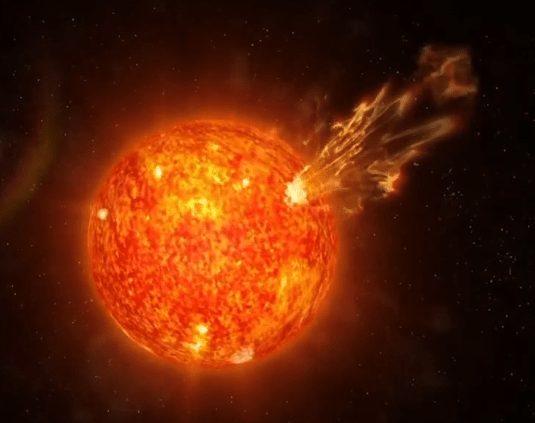Krakatoa has once again erupted on April 11, 2020. The risk of a more serious eruption extends into August 7th, 2020. Indonesia has over 130 active volcanoes, the most of any nation. Of course, there remains the legendary eruption of Krakatoa which culminated in a series of massive explosions over 26–27 August 1883, which were among the most violent volcanic events in recorded history. The eruption was estimated Volcanic Explosivity Index (VEI) of 6, which was equivalent to 200 megatons of TNT or about 13,000 times the nuclear blast which destroyed Hiroshima, Japan.
The 1883 eruption, according to the official records of the Dutch East Indies colony, wiped out 165 villages and towns with an additional 132 which were seriously damaged. The eruption destroyed two-thirds of the island of Krakatoa. Since then, there was an eruption in the area during 1927 which built a new island at the same location, named Anak Krakatau (which is Indonesian for “Child of Krakatoa”). There have been small periodic eruptions ever since 1927, which included more recent eruptions in 2009, 2010, 2011, and 2012. There was a major collapse in 2018 where the island fell from a height of over 400 m (1,300 ft) above sea level down to only 110 meters (361 ft). The December 22, 2018, eruption caused a deadly tsunami, with waves up to five meters in height making landfall. The last eruption thereafter was May 2019.
Krakatoa was known as “The Fire Mountain” during Java’s Sailendra dynasty. Surviving records have preserved accounts of seven eruptions beginning in 850AD, and followed by 950, 1050, 1150, 1320, and 1530. After that, there is an eyewitness account of an eruption in 1680.
There have been theories that the massive eruption of 535AD which led to the Great Justinian Plague in the Byzantine Empire may have been possibly Krakatoa. There were major global climate changes of 535–536 caused by a volcanic winter. Whatever the source, the eruption of 535AD is believed to have been even more violent than Krakatoa’s 1883 eruption. Other theories suggest that eruption of 535AD took place in El Salvador, in Central America, of the volcano named Ilopango.
Because of the lack of historical accurate data, it is difficult to calculate when the next major eruption should take place. Based solely upon the string of recent activity since 2009, this would point to August 7th, 2020. It has been building in intensity since 2009 and the dramatic event of 2018 with the tsunami stands as a warning that this is building once again to a climax. The 1883 eruption became with steam emerging on the 19th of May 1883. Eruptions at Krakatoa started again around June 16th which was eventually followed by an intensifying activity. On August 25th, the eruptions intensified. Then the following day at 1:00 pm on the 26th, the volcano went into its paroxysmal phase. By 2:00 pm, a black cloud of ash could be seen 27 kilometres high. The eruption was virtually continuous cycling about every 8 to 10 minutes. Between 7:00 pm and 8:00 pm, a small tsunami hit the shores of Java and Sumatra. The following day, on August 27th, four enormous explosions occurred, which marked the climax of the eruption.
From the first sighting of steam of May 19th until the Climatic eruption on August 27th, 1883, 99 days had passed. Based upon this timing, if this continues to build, then any major eruption would take place perhaps in mid-July to early August 2020. This is certainly something that becomes possible since volcanic activity intensified during solar minimum. The results show that the next Solar Cycle will start in 2020 and reach a maximum in 2025. Cycle 25 is expected to be even weaker than the current solar cycle. According to this forecast, upcoming solar activity will be the weakest in the last 200 years. sunspots. This is certainly not good for volcanic activity.
Keep in mind that with 130 active volcanoes, this need not even be the one the erupts. This is indicating that region, as a whole, is becoming active once again.
We need to pay attention during the ECM wave into 2024 because Socrates is pointing to a rise in food prices due to shortages. This exaggerated virus scare is already preventing crops from being picked as migrant workers are prevented from travel. If we add a serious volcano eruption that would create even a mild volcanic winter, this would only confirm even more the fundamentals behind the forecast of Socrates.

